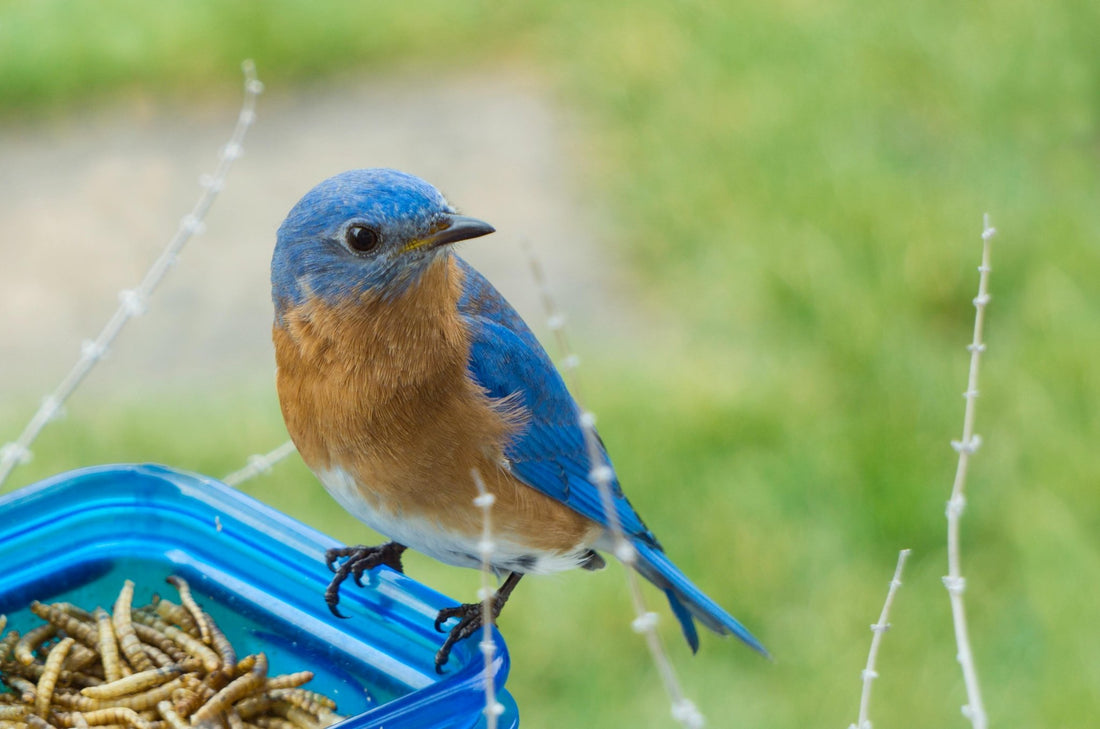
Backyard Birding: Tips to Attract and Watch Birds
Share
Backyard birding is more than a hobby; it’s a gateway to appreciating nature’s beauty right at home. Watching colorful songbirds flit around your yard, listening to their melodic calls, and learning about their habits can be incredibly rewarding. Whether you're a seasoned birder or just starting, this guide offers practical tips to create a bird-friendly space, attract various species, and deepen your connection with nature.
Why Backyard Birding Matters
Backyard birding is not just about spotting birds; it’s a way to contribute to local biodiversity. Birds help with pollination, seed dispersal, and pest control, making them essential for a healthy ecosystem. Additionally, studies show that birdwatching can reduce stress and improve mental well-being, offering a therapeutic escape from daily life.
How to Create a Bird-Friendly Backyard
Transforming your outdoor space into a bird haven requires planning and a focus on birds’ essential needs: food, water, shelter, and nesting areas.
1. Offer a Variety of Food Sources
Birds are attracted to backyards with reliable food supplies. Install feeders that cater to different bird species:
- Seed Feeders: Black-oil sunflower seeds attract cardinals, chickadees, and finches.
- Nectar Feeders: Perfect for hummingbirds, these feeders should be cleaned regularly to prevent mold.
- Suet Feeders: These are great for woodpeckers and nuthatches, especially in colder months.
- Fruit Trays: Orioles and tanagers love fresh fruit like orange slices or grapes.
Planting native flowering and fruiting plants also provides a natural food source for birds and insects, creating a balanced ecosystem.
2. Provide Fresh Water
Birds need water for drinking and bathing. A birdbath or a shallow dish works well, but adding a fountain or dripper can attract more species by mimicking natural water sources. Ensure the water is clean and replaced regularly.
3. Offer Shelter and Nesting Spaces
Trees, shrubs, and birdhouses provide shelter and nesting opportunities. Native plants are especially beneficial as they support the local insect population, a crucial food source for many birds. Place birdhouses in quiet, shaded areas to encourage nesting.
4. Reduce Hazards
Make your yard safe by minimizing risks like window collisions and predators. Use window decals or screens to prevent bird strikes and keep cats indoors or supervised.
Common Backyard Birds and How to Attract Them
Different bird species have specific preferences. Knowing what to look for can make birding more engaging.
- American Robin: These ground feeders love mealworms and berries.
- Northern Cardinal: Offer sunflower seeds and dense shrubbery for nesting.
- Hummingbirds: Attract these tiny jewels with nectar feeders and tubular flowers like salvia.
- Blue Jay: They’re fond of peanuts and larger seeds. Add oak or pine trees for shelter.
- Goldfinch: Nyjer (thistle) seed feeders and sunflowers are their favorites.
Use field guides or apps like Merlin Bird ID to identify unfamiliar species.
Seasonal Considerations for Backyard Birding
Bird activity varies throughout the year, so adjust your efforts to match the seasons.
- Spring: Migratory birds return, making it a great time to set up new feeders and birdhouses. Offer high-energy foods like suet to help them recover from long flights.
- Summer: Nesting season is in full swing. Provide plenty of water and avoid disturbing nesting birds.
- Fall: Migrants pass through, and birds start preparing for winter. Stock up on high-fat foods like sunflower seeds.
- Winter: Resident birds depend on feeders more during cold months. Keep water from freezing by using a heated birdbath.
The Role of Citizen Science in Backyard Birding
Your observations can contribute to global bird conservation efforts. Participate in programs like:
- The Great Backyard Bird Count: Record and submit the birds you see over a weekend in February.
- eBird: Use this platform to log sightings and contribute to a vast birding database.
- NestWatch: Monitor bird nests in your yard and report data to help scientists study nesting habits.
These programs enhance your birding experience while aiding conservation.
Tools and Tips for Success
Backyard birding can be as simple or as sophisticated as you’d like. Here are some tools to elevate your experience:
- Binoculars: Choose lightweight models with a wide field of view.
- Bird Guides: Apps like Audubon Bird Guide or books tailored to your region are invaluable.
- Journals: Keep a record of your sightings to track changes and patterns.
Additional tips:
- Be patient; birds may take time to discover your yard.
- Avoid using pesticides, as they harm birds and their food sources.
- Enjoy the process—birding is about the journey, not just the results.
The Joy of Backyard Birding
Backyard birding allows you to connect with nature daily. Watching a blue jay gather acorns or listening to the dawn chorus can be small yet profound moments of joy. As you welcome birds into your yard, you’ll also cultivate an appreciation for the delicate balance of nature.
By making small changes to your outdoor space and dedicating time to observe, you can enjoy a rewarding and environmentally friendly hobby. So grab your binoculars, set up a feeder, and let the wonders of backyard birding begin
